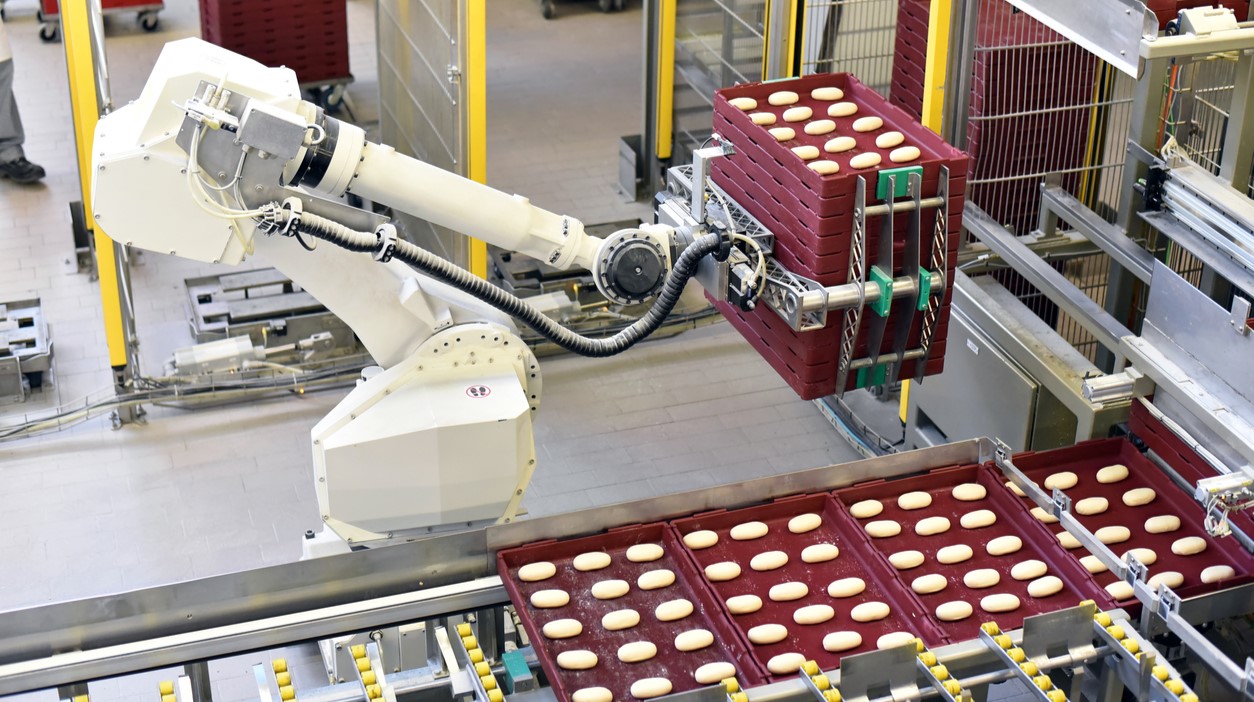6 Ways Food and Beverage Manufacturers Can Augment Operations During Labor Shortages
The labor shortage has been an ongoing challenge for years, reaching new heights with “The Great Resignation” that began in 2021. Since then, job vacancy rates in the food and beverage manufacturing sector have been unusually high — and growing. According to data from the Consumer Brands Association, there were over 113,000 unfilled jobs in the consumer packaged goods sector in August, up from 98,000 the month before. Unfortunately, the labor crunch is happening when businesses need workers the most.
In this labor market, hiring new employees is both time consuming and expensive, and critical jobs can go unfilled for months at a time. In spite of these challenges, food and beverage companies need to find ways to maintain operations, and even accelerate growth. Here are six ways food and beverage manufacturers can augment their operations during the labor shortage:
1. Find ways to optimize processes
Virtually every manufacturing operation has wasteful processes managers can trim and streamline. Here’s how you can audit and optimize your processes:
- Analyze workflows to see where bottlenecks occur as a result of unnecessary steps, poor floor layout, or other issues hindering efficiency.
- Observe employees throughout their shifts to see if there are any areas or tasks they struggle with.
- Ask for employees’ feedback about ways to improve efficiency, reiterating that process optimization will make their jobs easier as well.
2. Experiment with new shifts and scheduling structures
For companies struggling to find workers to fill their shifts, actually changing the nature of shifts can open doors to new applicants. Here are a few strategies to keep in mind:
- If your plant only operates during the day, consider expanding to overnight shifts. There may be more workers available during those hours, and less competition with other employers.
- Flexible scheduling can attract workers who need more accommodations to work around their domestic, caretaking, and other personal duties.
- More scheduling flexibility can also help existing workers feel supported, improving retention.
3. Partner with local trade and vocational schools to attract skilled workers
Vocational and trade schools can create a valuable pipeline of talent to fill critical positions. Build a relationship with administrators to establish apprenticeship programs or advertise job opportunities. Company leadership can also add insight about industry needs into the school’s curriculum to better prepare students for the workforce. It may even be possible to establish food safety training courses at the school that specifically address industry challenges, creating a win-win dynamic for both students and employers. Relationships with vocational and trade schools can also create learning opportunities for existing workers.
4. Enhance workforce training and development
If you’re unable to fill critical roles, then it’s important to reallocate your existing workforce to tasks and responsibilities that can’t be automated. Invest in upskilling and cross-skilling workers so they can handle more types of equipment, processes, and responsibilities. Either build employee development programs or food safety training courses in-house, or leverage outside organizations like AIB International for their expertise in education. Since training programs can help employees with career development, it has the added benefit of increasing job satisfaction and improving retention.
5. Invest in automation and robotics
If the labor shortage is severely hindering operations, investing in robots and other automation technology can help increase your workforce output and empower individual employees to work more efficiently, since automation makes operations more efficient. While it does require more upfront investment, automation can reap significant ROI. Machines that assist with sorting, packaging, and assembly can help workers dramatically increase output while improving product quality and consistency.
Since it reduces tedious and strenuous manual labor, automation support can also make workers’ lives easier and reduce turnover.
6. Hire temporary contract workers
For tasks that automation and existing workers can’t cover, utilize agencies to fill vacant roles. Temporary workers can onboard quickly to help provide shift coverage without the usual time and expense of hiring directly. Just make sure to vet the agency to ensure their talent pool is properly trained and up to standards.
AIB International: The Key to Growth in a Time of Contraction
Economists don’t expect the labor shortage to end any time soon, so any strategies you follow to augment your operations need long-term consideration. However, these unprecedented times create opportunities for mistakes without the right perspective. That’s where expert support from third-party organizations can be most beneficial.
AIB International has a 100-year history of providing high-level strategy and on-the-ground training. With our Assign an Expert service, you can get trusted insight about everything from building an in-house food safety training course to hiring temporary workers to provide much-needed shift coverage. Click here to learn more.


